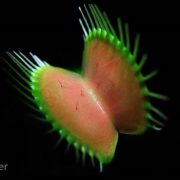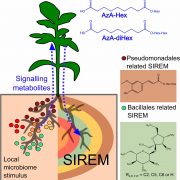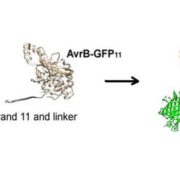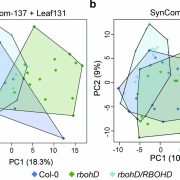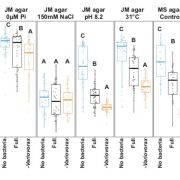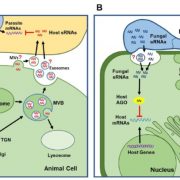Harnessing the potential of soil microbial allies to combat Striga infection in sorghum roots
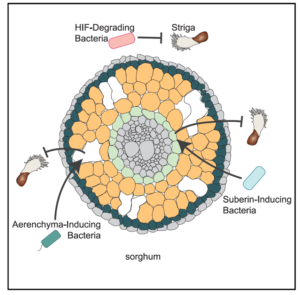 Microbial neighbors of plants in the soil comprise of a vast array of bacteria and fungi, collectively known as the microbiome. This soil microbial community forms close associations with plants and regulates plant growth and development by inducing changes in the plant and soil metabolites. In this study, Kawa et al. explored the role of the soil microbiome in suppressing sorghum root infection by the parasitic weed Striga hermonthica. Sorghum suffers 20% yield loss annually amounting to 6 million tons of grain loss due to infection by Striga, leading to food insecurity, especially in sub-Saharan Africa where it is one of the most important and staple cereal crops. This study showed that Striga attachment in roots is lower in natural soil compared to sterilized soil, indicating that the soil microbial communities play a significant role in suppressing parasitic infection in the host plants. The authors showed that the microbiome suppresses the formation of haustoria, the Striga structure necessary to penetrate the host root, by degrading haustorium-inducing factors. Moreover, significant changes were detected in the root anatomy including increased suberin and aerenchyma formation, which deters parasitic penetration of the roots. Thus, by identifying the underlying mechanisms of microbiome-mediated suppression of root infection, this study paves way for developing better management of Striga infection in roots. (Summary by Abira Sahu @AbiraSahu) Cell Reports 10.1016/j.celrep.2024.113971
Microbial neighbors of plants in the soil comprise of a vast array of bacteria and fungi, collectively known as the microbiome. This soil microbial community forms close associations with plants and regulates plant growth and development by inducing changes in the plant and soil metabolites. In this study, Kawa et al. explored the role of the soil microbiome in suppressing sorghum root infection by the parasitic weed Striga hermonthica. Sorghum suffers 20% yield loss annually amounting to 6 million tons of grain loss due to infection by Striga, leading to food insecurity, especially in sub-Saharan Africa where it is one of the most important and staple cereal crops. This study showed that Striga attachment in roots is lower in natural soil compared to sterilized soil, indicating that the soil microbial communities play a significant role in suppressing parasitic infection in the host plants. The authors showed that the microbiome suppresses the formation of haustoria, the Striga structure necessary to penetrate the host root, by degrading haustorium-inducing factors. Moreover, significant changes were detected in the root anatomy including increased suberin and aerenchyma formation, which deters parasitic penetration of the roots. Thus, by identifying the underlying mechanisms of microbiome-mediated suppression of root infection, this study paves way for developing better management of Striga infection in roots. (Summary by Abira Sahu @AbiraSahu) Cell Reports 10.1016/j.celrep.2024.113971


